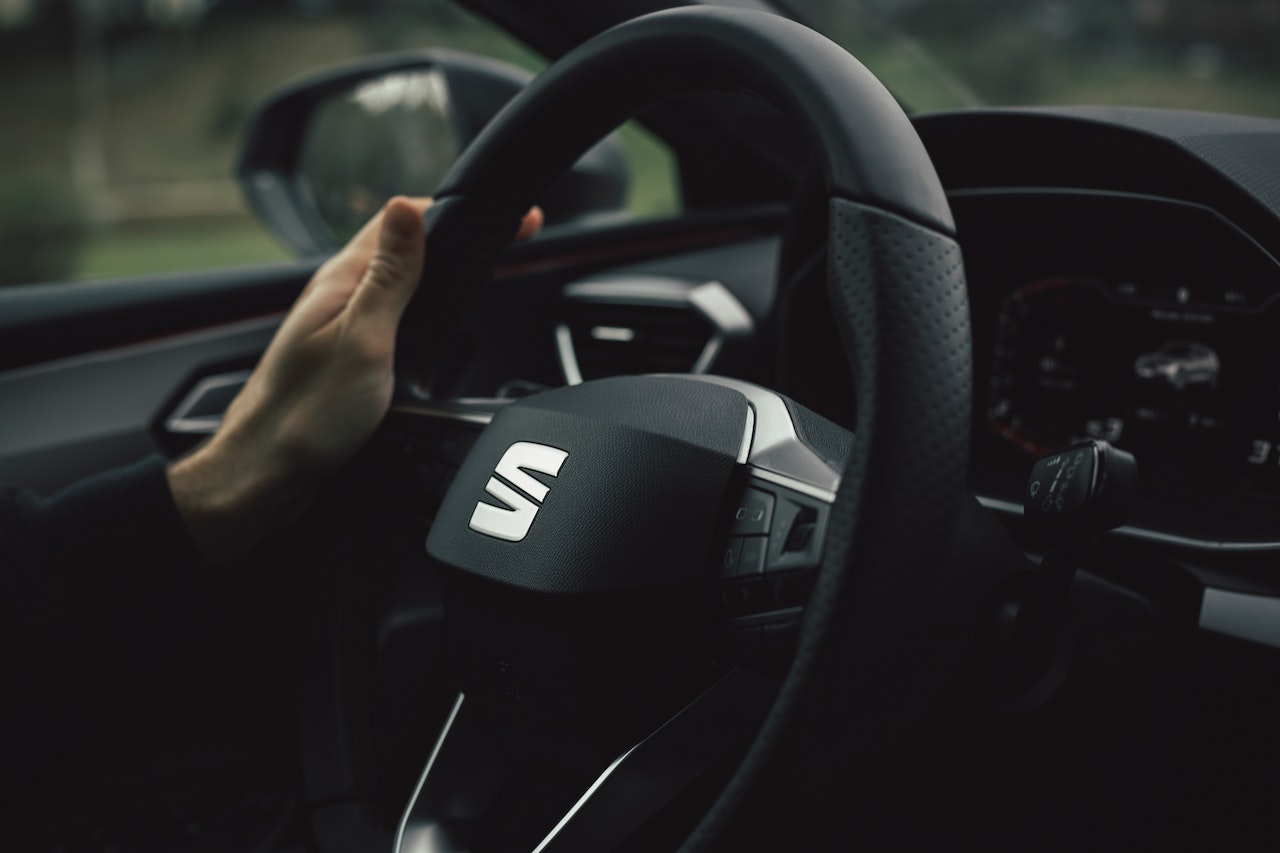Ultimate Used Car Checklist: Safe & Smart Purchase with carVertical
Buying a used car can be a daunting experience, especially if you’re not familiar with the process. With so many factors to consider, from the vehicle’s history to its mechanical condition, it’s essential to have a comprehensive checklist to guide you through the process. This article will walk you through a thorough used car buying checklist, including verifying the vehicle’s history through carVertical, to ensure that you make a safe and smart purchase.
- Establish your budget and needs
Before you begin your search, determine your budget and the type of car that best suits your needs. Consider factors like fuel efficiency, size, and desired features. Be realistic about what you can afford, and don’t forget to factor in costs like insurance, taxes, and maintenance.
- Research and narrow down your options
Once you have a clear idea of your budget and needs, research different makes and models. Read reviews and compare features, reliability, and average prices. Make a list of the top contenders and focus your search on those specific vehicles.
- Locate potential vehicles
Now that you have a shortlist of cars, it’s time to find them. Search for vehicles on online classifieds, dealership websites, and car-buying websites. Make sure to compare prices and take note of any red flags or inconsistencies in the listings.
- Contact the seller
When you find a car that interests you, contact the seller to ask for more information. This is an opportunity to ask any questions you may have and get a sense of the seller’s honesty and responsiveness. Be sure to ask for the vehicle identification number (VIN) so you can run a carVertical report before proceeding further.
- Verify the vehicle’s history with carVertical
carVertical is a blockchain-based platform that provides a comprehensive vehicle history report using the VIN. This report includes information about previous owners, accidents, service records, mileage, and more. By verifying the vehicle’s history through carVertical, you can identify potential issues or discrepancies that may affect your decision to purchase the car.
- Inspect the vehicle’s exterior
When you’re ready to see the car in person, start by inspecting the exterior. Look for signs of wear and tear, rust, scratches, and dents. Check the condition of the paint and body panels for any evidence of repairs or repainting, which may indicate prior accidents. Examine the tires for even wear and sufficient tread depth. Don’t forget to inspect the undercarriage for signs of rust or damage.
- Inspect the vehicle’s interior
Move on to the interior of the car and check the condition of the upholstery, dashboard, and other surfaces. Look for signs of wear, stains, or damage. Test all electronic features, such as the radio, air conditioning, and power windows. Assess the overall cleanliness and odor of the interior, as persistent smells could be a sign of hidden issues.
- Check under the hood
Pop the hood and examine the engine and surrounding components. Look for signs of leaks, corrosion, or damage. Check the fluid levels, including oil, coolant, and transmission fluid. Inspect the belts and hoses for signs of wear or damage. Note the overall cleanliness and condition of the engine bay.
- Test drive the vehicle
A test drive is crucial for determining how the car performs and whether it meets your expectations. Before you hit the road, adjust the seat, mirrors, and steering wheel to ensure you’re comfortable. As you drive, pay attention to how the car accelerates, brakes, and handles. Listen for any unusual noises or vibrations, and be sure to test the vehicle at various speeds and on different road surfaces.
- Ask for service and maintenance records
Request the car’s service and maintenance records from the seller. This documentation can give you insight into how well the vehicle has been cared for and whether it has had any major repairs or issues. Be cautious if the seller cannot provide any records or if the car’s maintenance history seems sparse.
- Have the vehicle inspected by a trusted mechanic
Before making a final decision, have the car inspected by a trusted mechanic. They can identify any underlying issues that you may not have noticed during your inspection and test drive. An independent inspection can give you peace of mind and help you negotiate a fair price based on the car’s condition.
- Negotiate the price
Armed with information from your inspection, carVertical report, and mechanic’s assessment, you’re ready to negotiate the price. Be prepared to walk away if the seller is unwilling to negotiate or if the price is too high based on the car’s condition and history.
- Complete the paperwork
Once you’ve agreed on a price, you’ll need to complete the necessary paperwork to transfer ownership of the vehicle. This includes signing a bill of sale, obtaining the title, and ensuring the seller provides any necessary documentation, such as a smog certification or safety inspection certificate, depending on your state’s requirements.
- Purchase car insurance
Before you can legally drive your new-to-you car, you’ll need to secure car insurance. Contact your current insurance provider or shop around for quotes from multiple companies. Remember to factor in the cost of insurance when determining your overall budget for the used car.
- Register the vehicle
After purchasing insurance, you’ll need to register the vehicle with your local Department of Motor Vehicles (DMV) or equivalent agency. This process typically involves providing proof of ownership, insurance, and paying any required fees. Be sure to check your state’s specific requirements for registration.
- Perform any necessary maintenance
Once the car is officially yours, it’s a good idea to perform any necessary maintenance to ensure it’s in optimal condition. Change the oil, replace filters, and address any minor repairs or issues that may have been identified during the inspection process.
Conclusion
Purchasing a used car can be an overwhelming experience, but by following this comprehensive checklist, you can ensure that you’re making a safe and smart investment. By verifying the vehicle’s history through carVertical, conducting thorough inspections, and taking the time to test drive and evaluate potential cars, you’ll be well-equipped to find the perfect used car for your needs and budget. Remember to trust your instincts, be patient, and don’t be afraid to walk away from a deal if something doesn’t feel right. With the right preparation and due diligence, you can successfully navigate the used car buying process and drive away with confidence in your new purchase. Happy car hunting!












